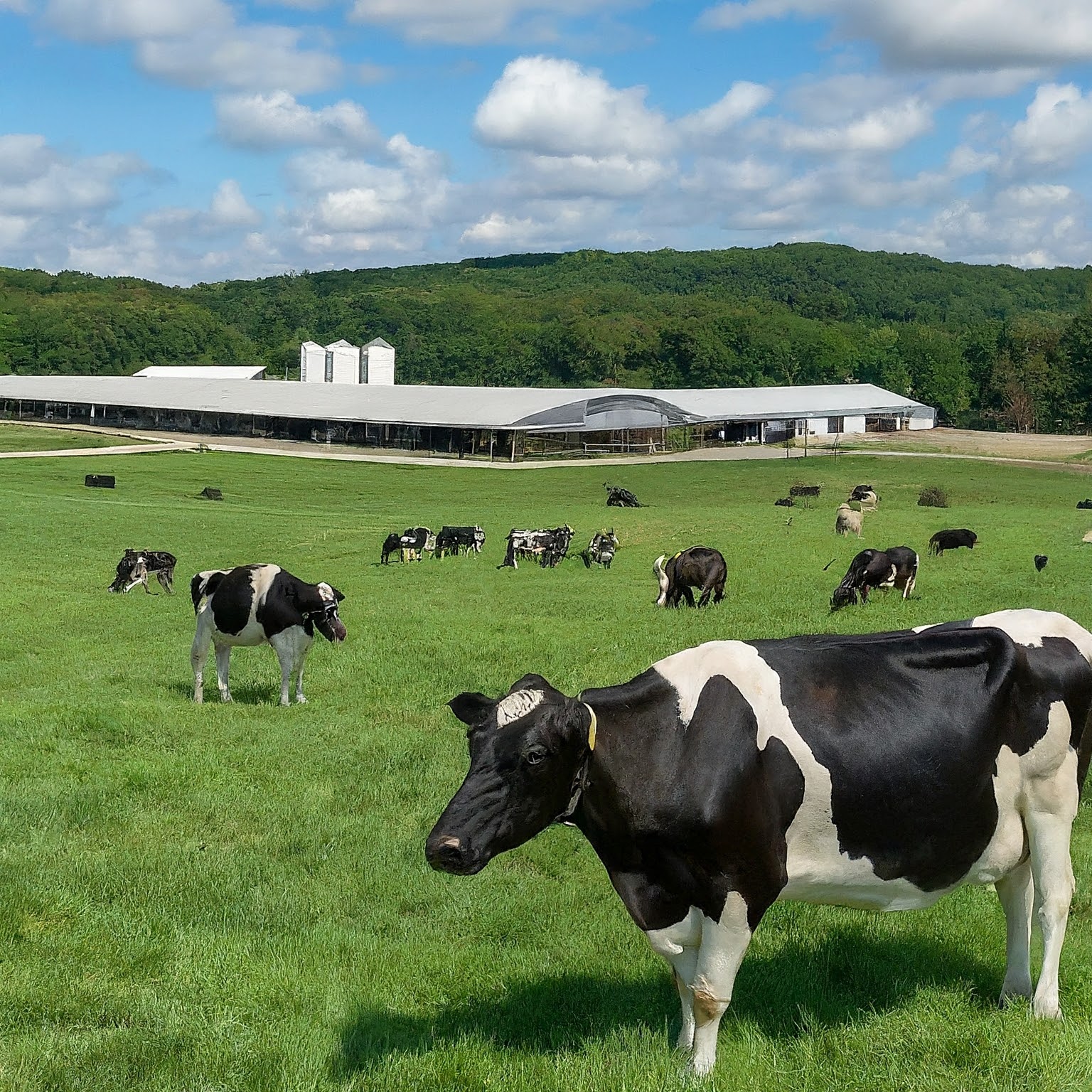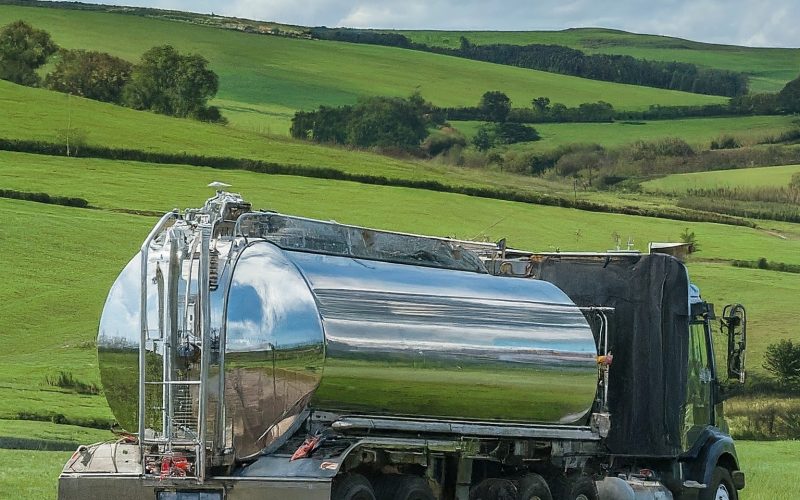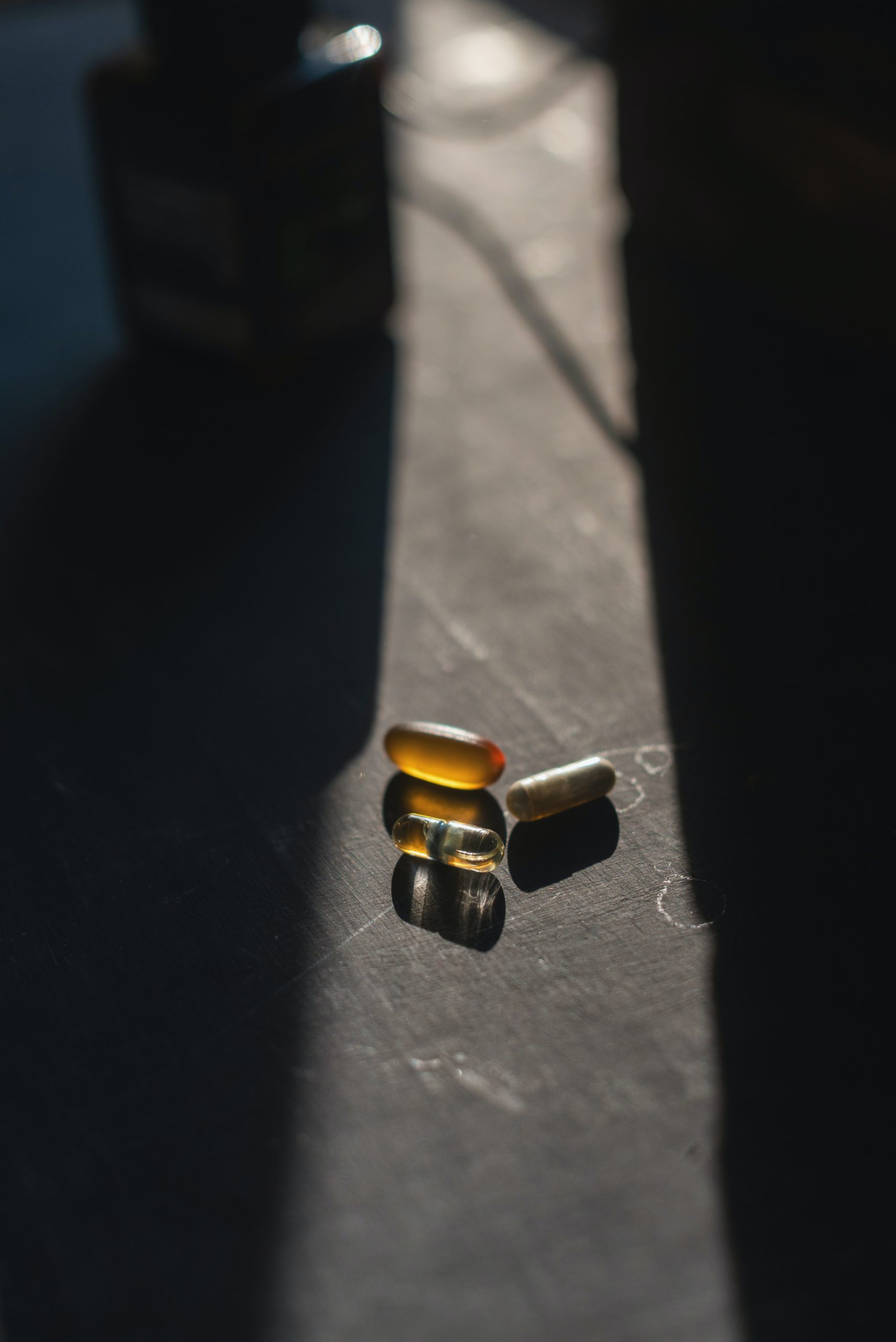Introduction:
Howdy folks! I’m Dr. Sarah Cooper, a veterinarian with over 15 years of experience working with dairy farms. Recently, there have been concerning reports of bird flu (H5N1) infecting dairy cows and even some dairy workers. This article is aimed at folks like you – dairy workers and farmers – to address your concerns and provide valuable information on how to stay safe during this outbreak.
Understanding Bird Flu in Cows: A New Threat?
Bird flu primarily affects poultry, but recent outbreaks have seen the virus jumping to mammals, including dairy cows. While the risk to the general public remains low, it’s crucial for dairy workers and farmers to be aware of the situation and take necessary precautions.
How Can Dairy Workers Get Infected?
The virus can spread from infected cows to humans through close contact with respiratory secretions, contaminated surfaces, or even raw milk from infected animals.
Protecting Yourself from Bird Flu: Essential Practices (Table 1)
Table 1: Bird Flu Prevention for Dairy Workers
| Preventive Measure | Description |
|---|---|
| Personal Protective Equipment (PPE): | Wear gloves, masks, and eye protection while working with cows. |
| Hygiene: | Wash your hands thoroughly with soap and water after every interaction with cows or their environment. |
| Don’t Touch Your Face: | Avoid touching your eyes, nose, or mouth with potentially contaminated hands. |
| Report Sick Animals: | Immediately inform farm management if you notice any sick or deceased cows. |
| Vaccination (if available): | Consider getting vaccinated against bird flu, if recommended by health officials. |

Biosecurity on Your Dairy Farm: Stopping the Spread (Table 2)
Table 2: Dairy Farm Biosecurity Measures
| Biosecurity Measure | Description |
|---|---|
| Restrict Visitor Access: | Limit access to the farm for non-essential personnel. |
| Rodent Control: | Implement measures to control rodents that can carry the virus. |
| Disinfect Equipment and Surfaces: | Regularly disinfect boots, tools, and surfaces in barns and milking areas. |
| Separate Sick Animals: | Isolate sick cows and dispose of carcasses safely according to local regulations. |
| Monitor Bird Activity: | Minimize exposure to wild birds by discouraging them from entering barns and surrounding areas. |
Symptoms of Bird Flu in Humans: What to Watch Out For
If you experience flu-like symptoms such as fever, cough, sore throat, muscle aches, or even conjunctivitis (pink eye) after working with potentially infected cows, seek immediate medical attention and inform your healthcare provider about your work environment.
What to Do If You Suspect Bird Flu Infection
Early diagnosis and treatment are crucial. If you suspect bird flu infection, isolate yourself, wear a mask to avoid spreading the virus, and consult a doctor immediately.
The Latest Updates and Resources
Stay informed about the latest developments on bird flu in dairy cows. Reliable sources include the Centers for Disease Control and Prevention (CDC) and the United States Department of Agriculture (USDA).










